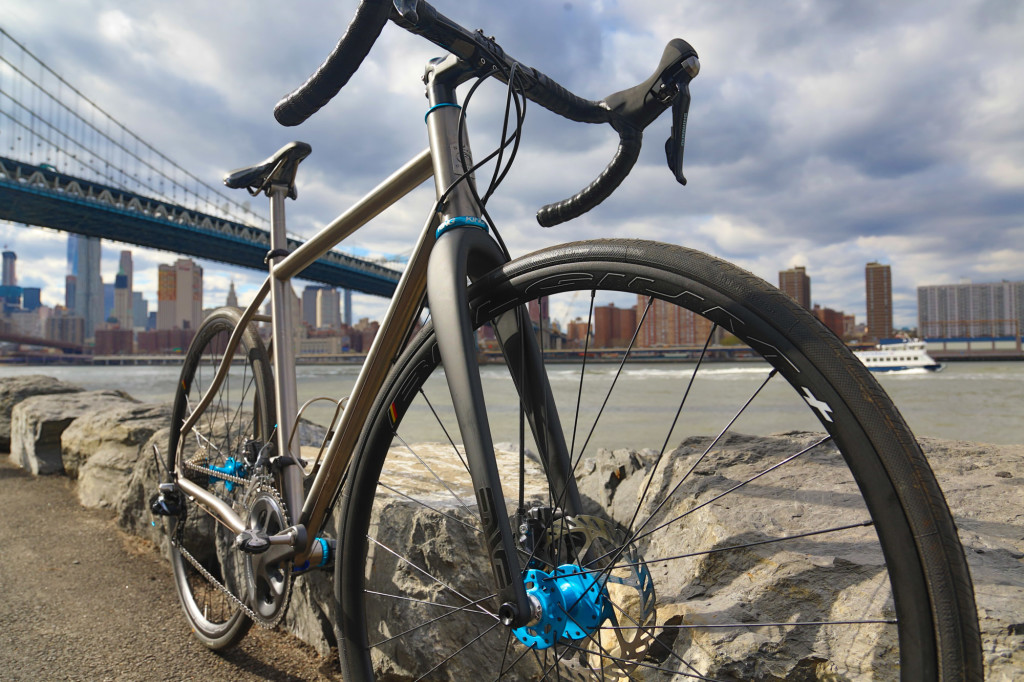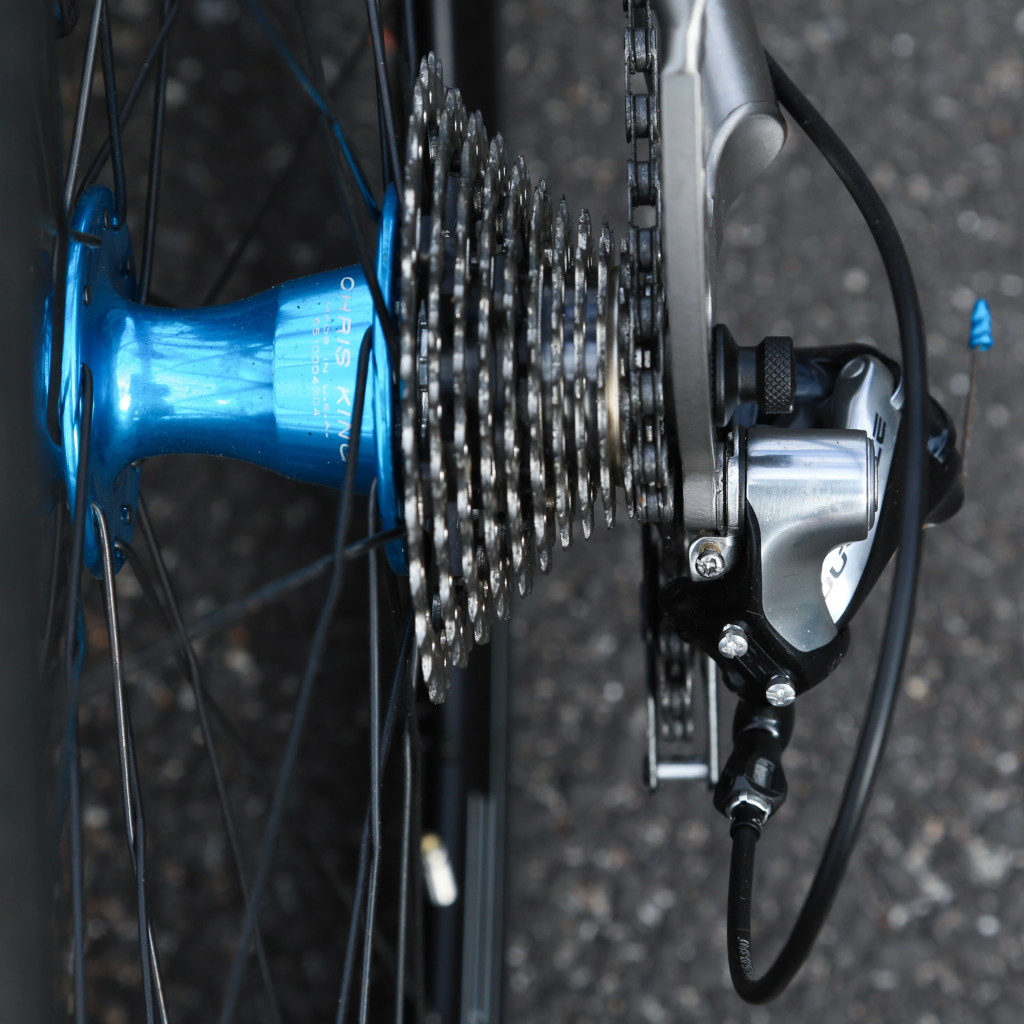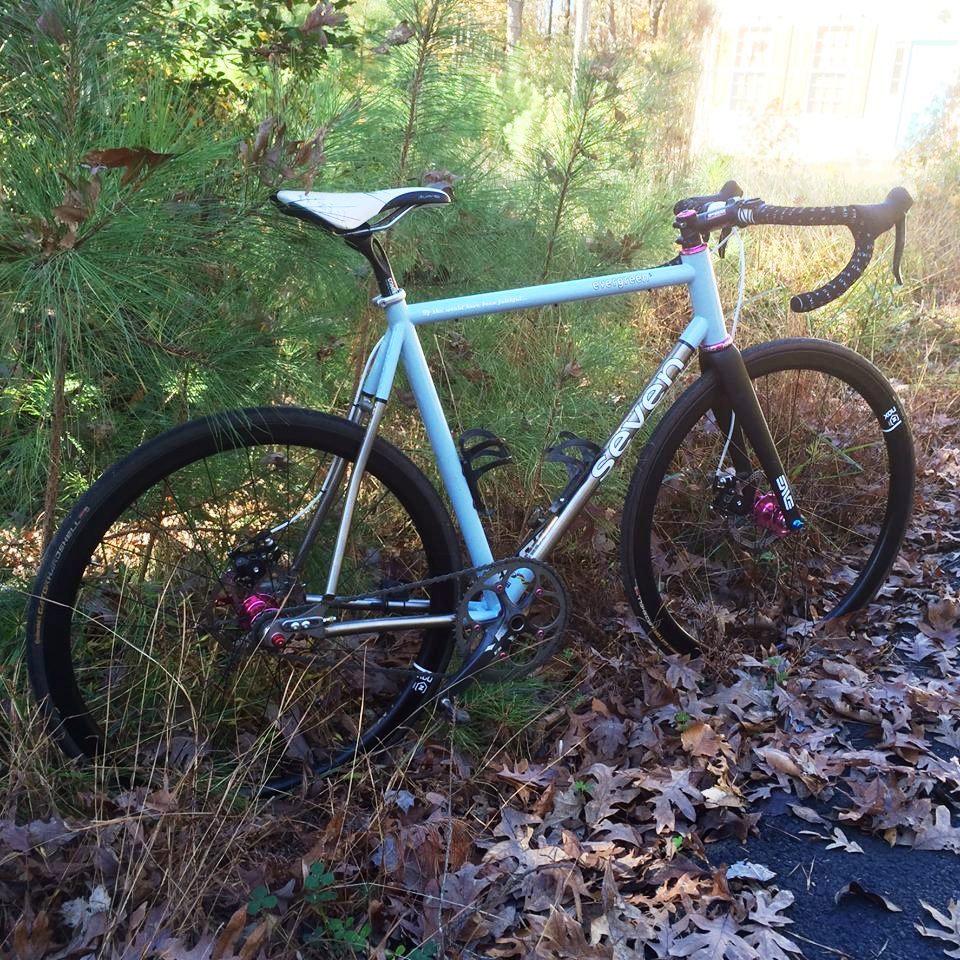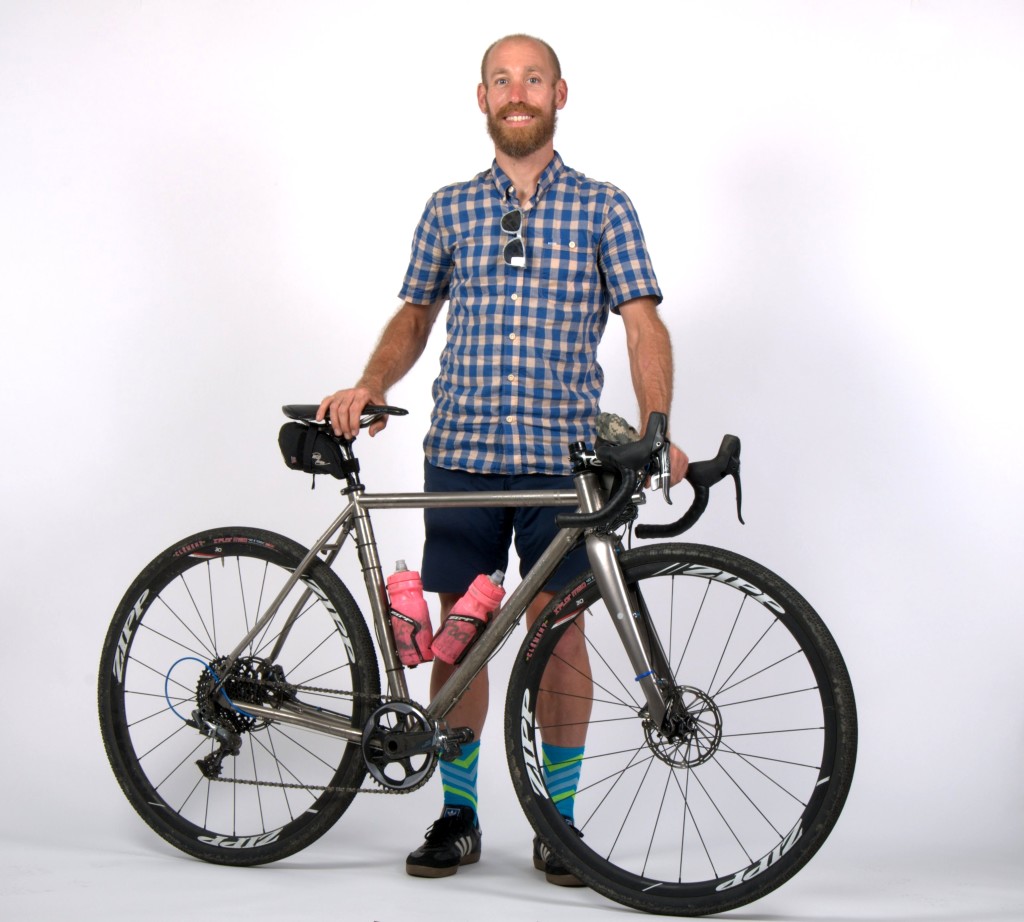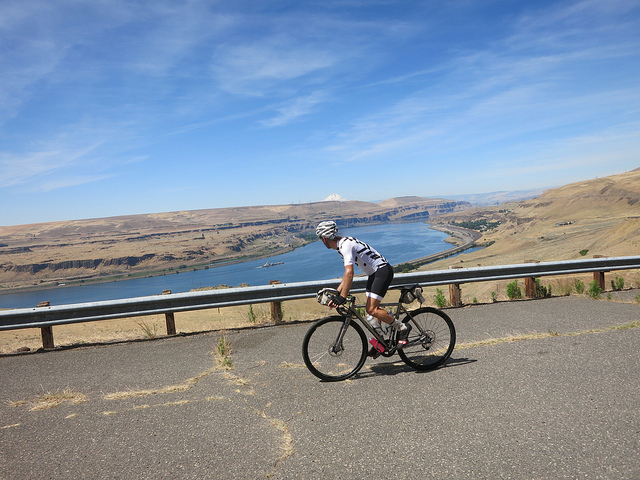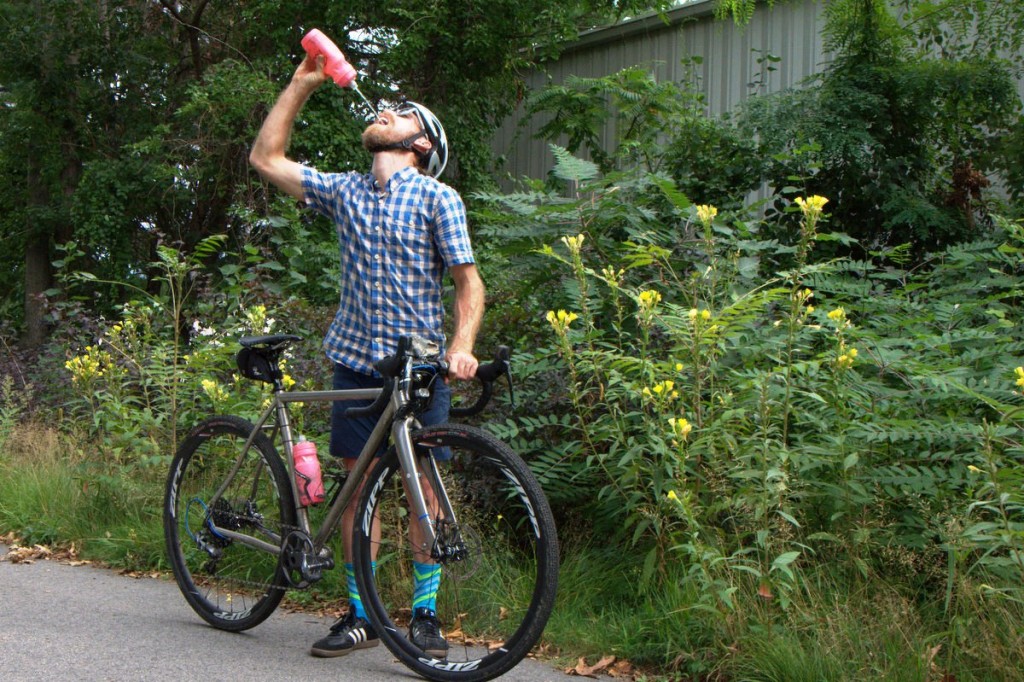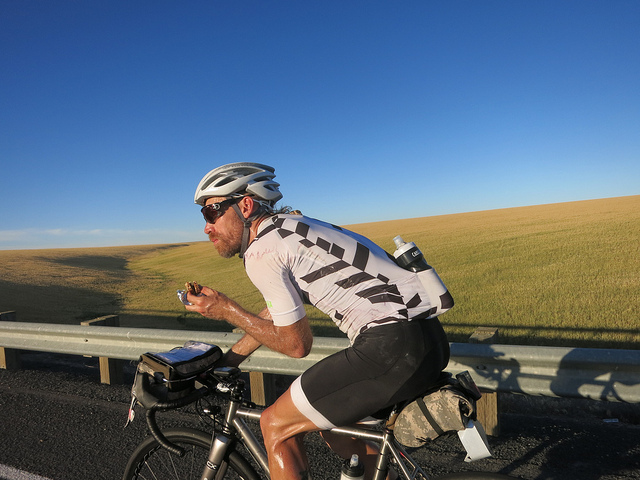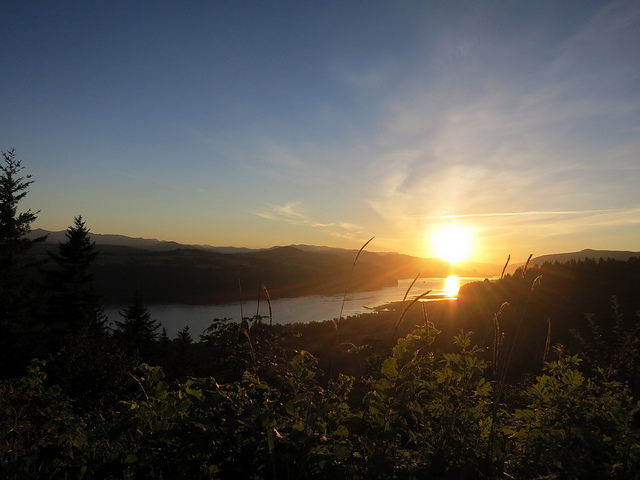
To say that Matt Roy and David Wilcox failed to complete their first attempt at a 1000km brevet this summer in the Pacific Northwest would be technically true, they did not ride 1000km, but so oblivious to the circumstances and outcomes as to be ridiculous. Most of us can’t even conceive of riding 1000km (621 miles), and doing so, as Matt explains, requires a process of understanding how to break down the mileage to begin with.

“Anyone who’s done a full brevet series (200km, 300km, 400km, 600km, 1000km) knows they come in palatable chunks. There’s a natural progression, and brevets are designed to be finished as the season goes along, March through August,” he says. “I had done the training, the series, so you get that confidence that you can do the next distance, which eventually adds up to 1000km. I never start with my computer set to countdown from 620 miles. I just break it down and know that I’ll have a mental reset at each checkpoint.”
The week of the PNW 1000km event an historic heat wave swept across the region, visiting temperatures north of 110F on the roads of the long route.
“At the start,” Matt says, “we thought we had it. Temps were peaking around 104F, but it’s dry heat, probably equivalent to the 80s here in New England, so we thought it would be tolerable. We never thought we’d encounter the heat we did, but it became clear midway through the first day. When the heat came it was complete, like you’ve never experienced, and the roads are all really exposed. There was no shade even to change a flat in, and I thought we might be in trouble.”

Normally, brevets are self-supported. Riders need to manage their own equipment, food and liquid. That first day Matt and David rode from 5am to 1:30am the next night. Around 10pm they received a text from one of the promoters that just said, “Good luck, guys. You’re the only ones still riding.” At that point, Matt’s wife, Mo, began to follow the pair by car packing water bottles with ice for them to carry in their jersey pockets and nylon ice socks to drape over their necks.
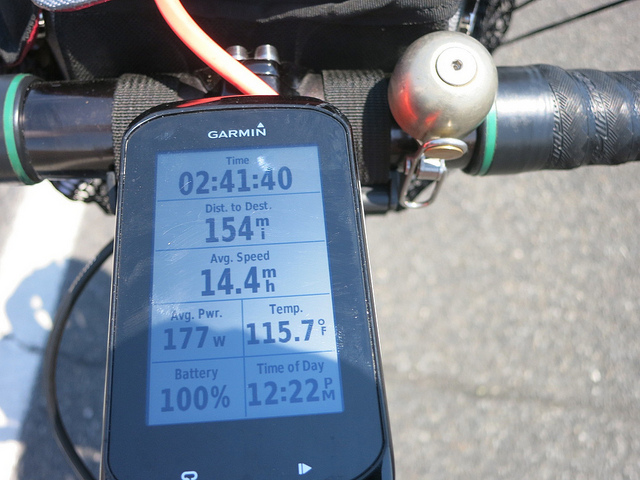
They were on their bikes at 8:45am the next day, and it was already 98F. With 86 miles to the next checkpoint they calculated they had 8 hours to get there. Stopping as they were, every 20 miles at first, then every ten, for Mo to restock them with fluids and ice, they made the checkpoint in 8-and-a-half hours.
“We were riding fine,” Matt says, “probably holding to about a 15mph average, but the day just ticked away from us.”
After two days they’d covered 350 miles. They sat in a Taco Time restaurant and assessed the situation. They’d missed the checkpoint closing, and the math on the ride to the next check suggested they’d have to ride straight through to Whitefish, MT in 27 hours.

“We did that practicality check before we did a safety check really,” Matt says. “Then we said, ‘This looks dumb.’ None of us ever stops anything. This is what we do, but we were all just trashed, even Mo from worrying over all the things we were doing to keep moving.”
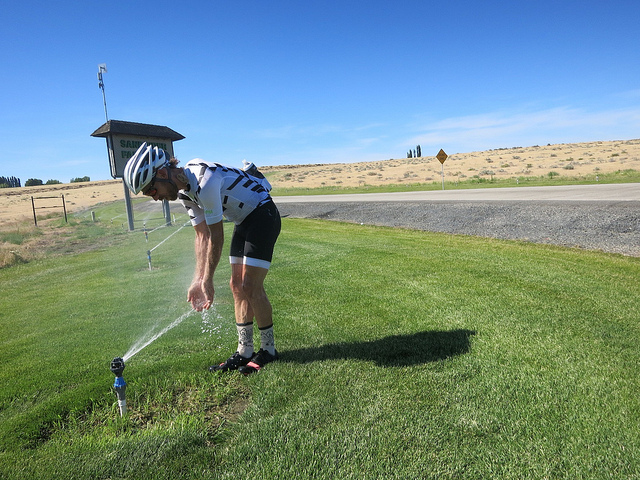
So they got in the car and continued the trip just as they would have, along the route, but with stops at creeks to swim. They visited Glacier National Park. They saw friends in Missoula.
Matt says, “Listen, we didn’t make the 1000km, and that’s disappointing on some level, but we’re happy with how it worked out. We had our adventures, which is really the point. That’s why you undertake these things. The riding is important, but it’s not everything.”
In part II, Matt tries again, this time back home in New England.
All images: Matt Roy
